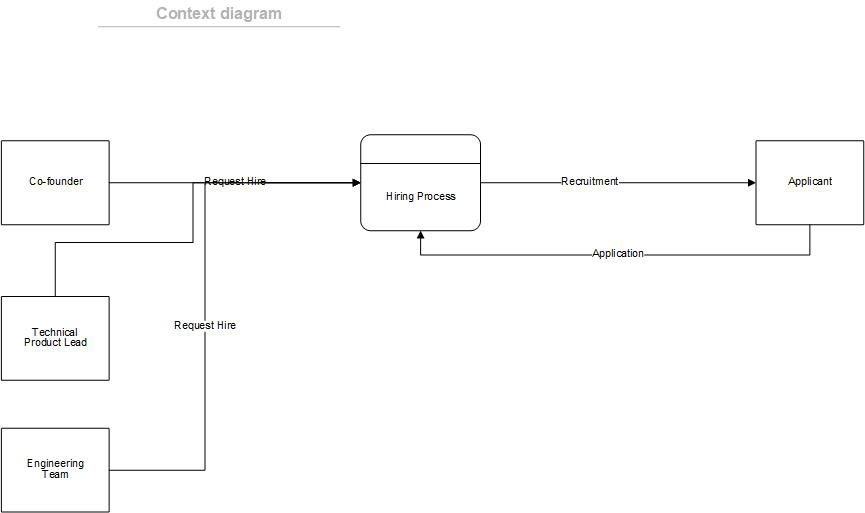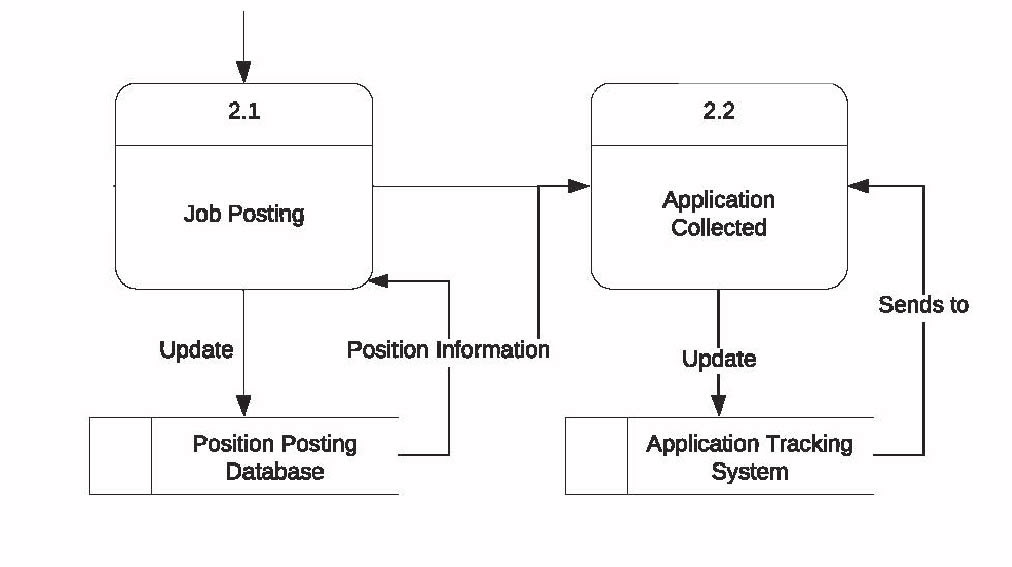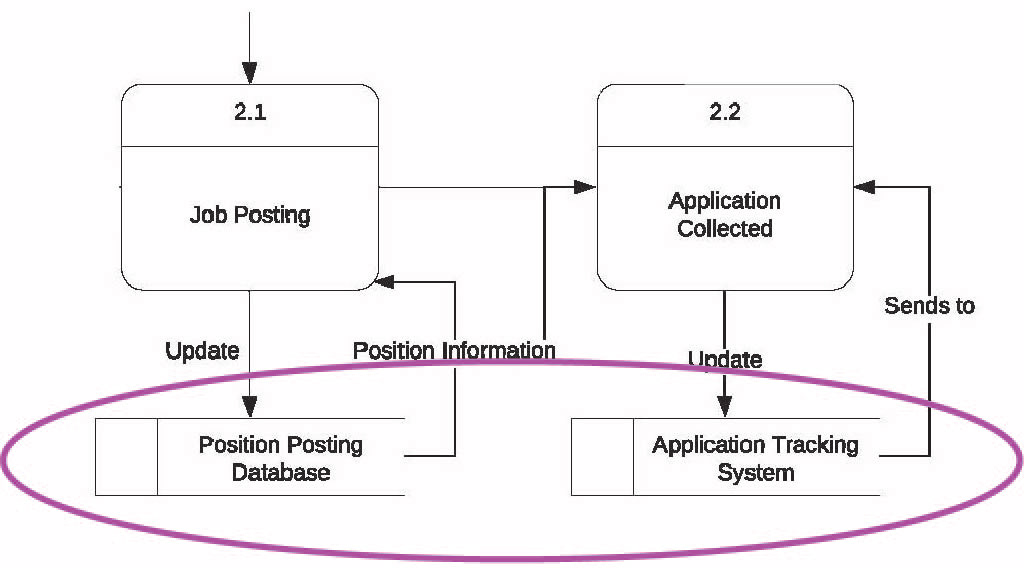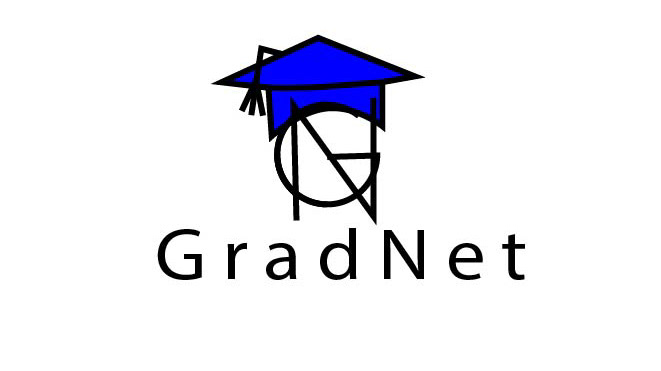Client Overview
This process analysis reviews the current hiring operations of company Binary Group (alias); a Toronto-based software consulting and development startup. Their work focuses on front-end and back-end development of digital products such as web-based and mobile applications, primarily in the loyalty and points space for companies. At the time of this audit, the company had 26 employees, including interns.
Executive Summary of Audit
The scope of our audit was the hiring process for the engineering team, where the objective is to hire a new member of the engineering team. Binary Group assesses the need for a new hire with each new project that they take on. At the time of this audit, Binary Group had taken on several new projects, which saw the rapid expansion of their company by roughly 200%. The Technical Product Lead, head of the engineering team, was interviewed by a member of our team to identify key issues in the hiring process.
As of this audit, the company employed an external recruiter, who would be paid about a fifth on the new hire's salary, provided the recruiter was able to provide a successful candidate. We concluded that employing an external recruiter was the most expensive solution for the company, especially considering that the engineering already splits their workload between evaluating new hires and existing billable projects.
My Work
The focus of my work during this project was taking the evaluated hiring system and creating working data flow models of the processes; both the current process employed by the company as well as our proposed solutions. I was also responsible for identifying key actors and data points within the initial process and evaluating them for potential improvements. See below the original process model for Binary Group's hiring process, as well as our analysis of data bottlenecks.
Initial Audit
The current system, outlined in the context diagram below, displays the basis of the original hiring process. This starts with the Co-founder and Technical Product Lead; they decide on the necessity of a new hire, and then the process continues through to the hiring of a successful and suitable candidate.
The hiring process contained a series of actions between key actors and data stores. The primary relevant sources being the: Co-founder; Technical Product Lead; Engineering Team; External Recruiter; Company Client; and the Applicant themselves. The primary data stores are the Job Posting Database and the Applicant Tracking System. These entities interact in the following order:
Assess the viability of a new hire; post the job in question; collect applications; screen applications; select viable candidates; interview selected candidates; hire the most appropriate candidate (if available).





Binary Groups' use of the Applicant Tracking System was limited to collecting and storing applications; the majority of the vetting process still fell to the Engineering Team, more specifically the Technical Product Lead. The Job Posting Database is exclusively used as a one-way information source for potential recruiters and independent applications to discover a job posting. No data collection is used during this process to further vet applications, and all applications are manually reviewed by the engineering team. Therefore, very little of the application process has a dedicated information throughput, hemorrhaging billable work hours and deterring workflow from active projects.
The dataflow diagrams indicate the sheer volume of work managed by the engineering team during the application process; this does not include their active work for billable clients. Data is inflexible due to lack of work performed by automated data stores, and the overall system response time is sluggish due to diverging workflow of the engineering team. The data storage process does little, if anything, to expediate the application process.
Proposed Solutions
Automate Application Screening
The initial screening would be performed by an automated tracking system; which would cycle out applicants based on their years of experience and practical skills.
This would streamline the process of manually reviewing resumes, allowing the Engineering Team to Immediately address a smaller pool of candidates.
This would also address the issue of the existing tracking and data storage systems not performing any actual work to reduce the information load on the process. Only the final stages of the vetting process would be handled by the Engineering Team and Technical Product Lead.
In-House Recruitment
The second proposed solution was to hire and train an in-house Human Resources Manager or Department. This solution would likely be slightly more expensive than the previously suggested improvement, but it would also reduce the amount of active time spent by the engineering team and Technical Product Lead reviewing any applicants at all.
Ideally, the Technical Product Lead would only interview candidates who have displayed significant qualifications for the position.
Software Used:
Signavo
Microsoft Visio



